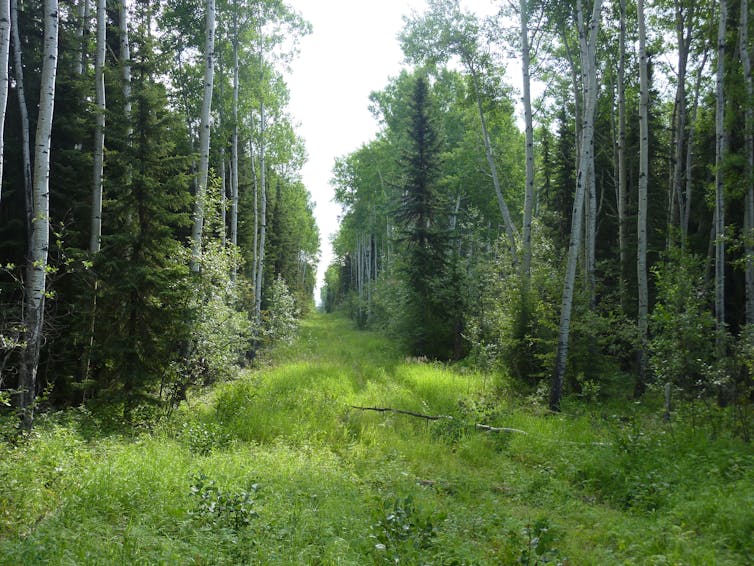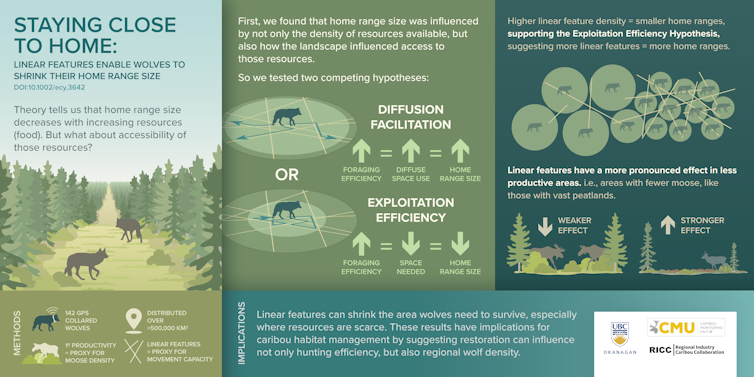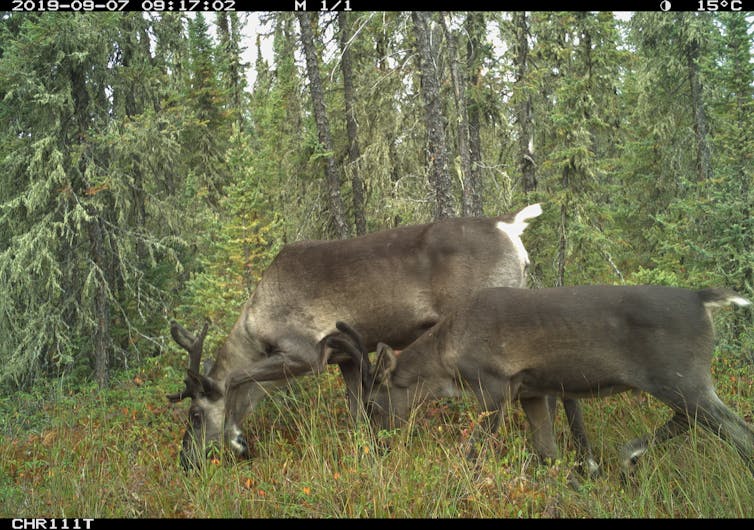The backstory: Philip Preville’s fondest childhood memories are of skiing on the slopes of Quebec and Alberta, where he grew up. “Getting up early on a cold winter morning and grabbing my skis is part of who I am,” says the 53-year-old freelance writer and Cottage Life contributor. Philip introduced his beloved sport to his wife, Lynn, a 46-year-old surgeon, and their three sons: 15-year-old, Luke and 12-year-old twins, Noel and Ivor. Skiing became the family’s favourite winter pastime, with the boys all joining racing programs from an early age. After the family moved from Toronto to Peterborough, Ont., in 2011, they became season’s pass holders at Devil’s Elbow, a local ski resort. But when Devil’s Elbow closed in 2018, the family needed a new place to ski. Friends invited them to the Muskoka Ski Club, operating out of Hidden Valley Highlands, near Huntsville, Ont., which is about two hours north of Peterborough. The family rented an Airbnb in 2018 and fell in love with Hidden Valley’s picturesque peaks and tight-knit community. And while ski club family memberships can cost upwards of $70,000 in Ontario, the Muskoka Ski Club’s membership was about $11,000. Instead of continuing to rent Airbnbs, Philip and Lynn decided to buy a Huntsville cottage to use as a permanent homebase during ski season. “Unlike most people seeking a summer getaway, we were looking for something with winter specifically in mind,” says Philip.
The search: In the fall of 2019, the family began looking to buy a three-bedroom cottage. “A waterfront property was also on our checklist, but it wasn’t a must-have,” says Philip. “The priority was finding something as close as possible to Hidden Valley.” They hoped to spend less than $500,000 on their new cottage, but quickly realized they were priced out from any waterfront properties, which were listed at $750,000 and above. The family shifted their search to more affordable inland cottages. That October, they toured a three-bed, two-bath cottage that was a 10-minute drive from Hidden Valley. Part of a recently built subdivision on the outskirts of Huntsville, the one-storey home sat on a 15,000-sq. ft. wooded lot that backed onto Deerhurst Highlands Golf Course. Though the interior has a good amount of living space, “At 1,500 sq. ft, there isn’t a lot of room for guests,” says Philip. The cottage was listed for slightly higher than their $500,000 ceiling, but the couple still made an offer. The sellers accepted, and the family took possession in November, just in time for the 2019-2020 ski season.
The silver lining: That winter, the family spent most weekends and Christmas at their new inland cottage. Despite sporadic COVID-related closures at their ski hill in the two years since, the family continues to savour their weekly winter escape. When they’re not skiing, they enjoy hiking the nearby woods and cozying up together for movie nights. They also mountain bike in the summer. “Skiing transforms your entire experience of winter,” says Philip. “You can socialize and have fun, no matter how cold it is outside. That’s why it’s worth making the long drive every weekend, without a doubt.”
Philip’s reasons to consider an inland cottage
1. Water activities aren’t your main priority
If your passion happens to be skiing, cycling, hiking, or even bird-watching, Philip cautions that a waterfront cottage may go unused and become a superfluous perk. “Why pay for premium waterfront when you might never be on the water?” he says.
2. You get more of a plug-and-play cottage experience
Philip’s inland cottage is hooked up to municipal water and hydro on a road that also has services such as garbage pickup and snow plowing. Those conveniences eliminate much of the work that comes with roughing it in more isolated waterfront cottages.
3. There are always other ways to access the water
This past summer, Philip made a habit of biking three kilometres from his Huntsville cottage to a public beach on nearby Peninsula Lake for a morning swim. “We don’t have our own private waterfront,” he says, “but there’s plenty of rivers, marinas, and beaches close by.”
Did you recently buy a cottage in a non-traditional way? We’d love to hear about it! Email alysha@cottagelife.com.

























